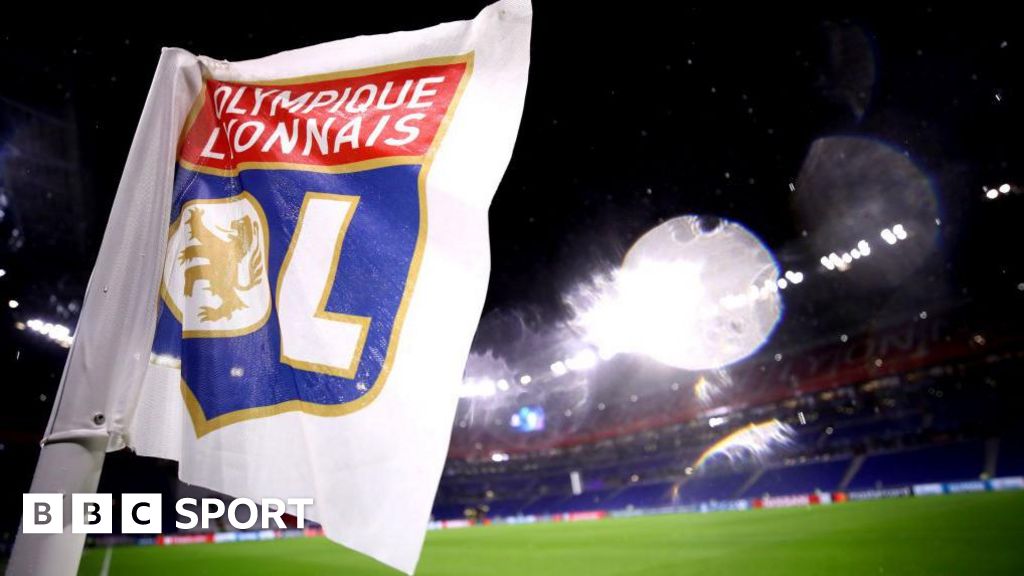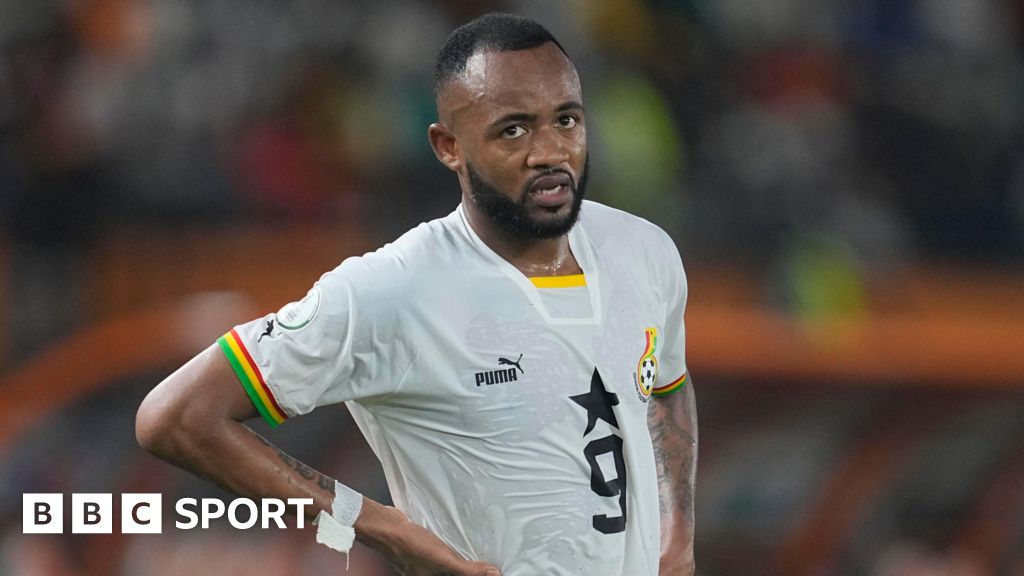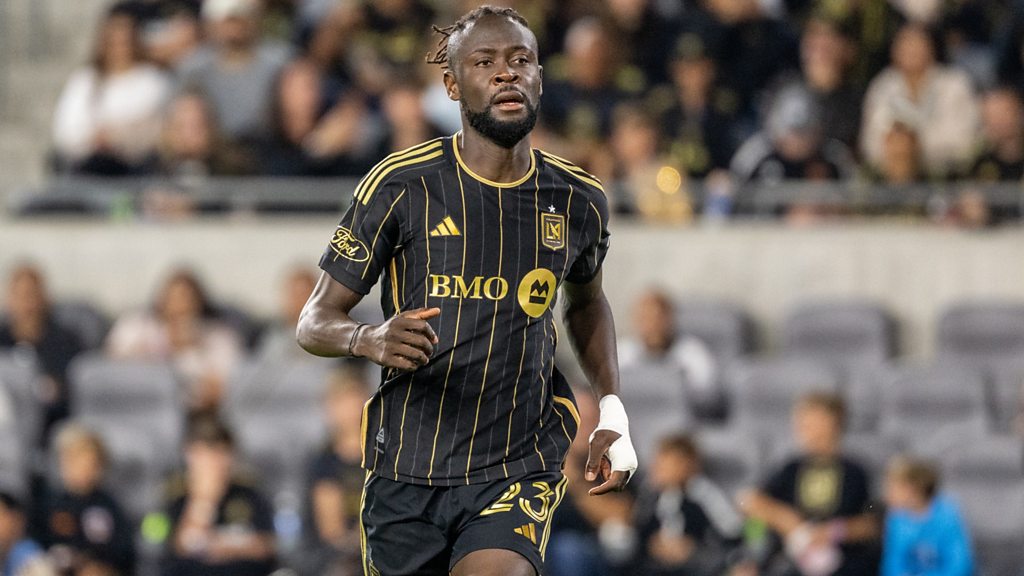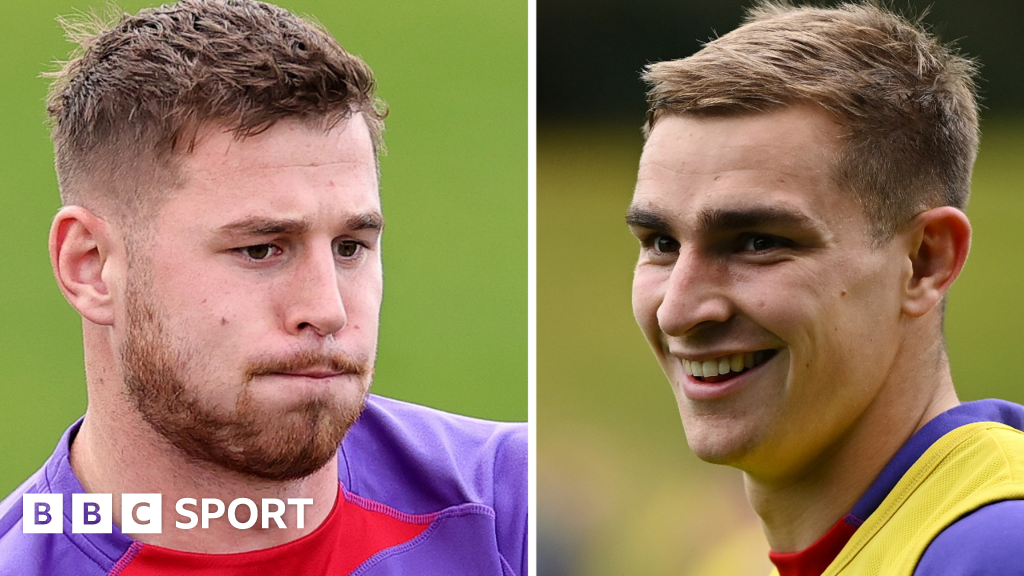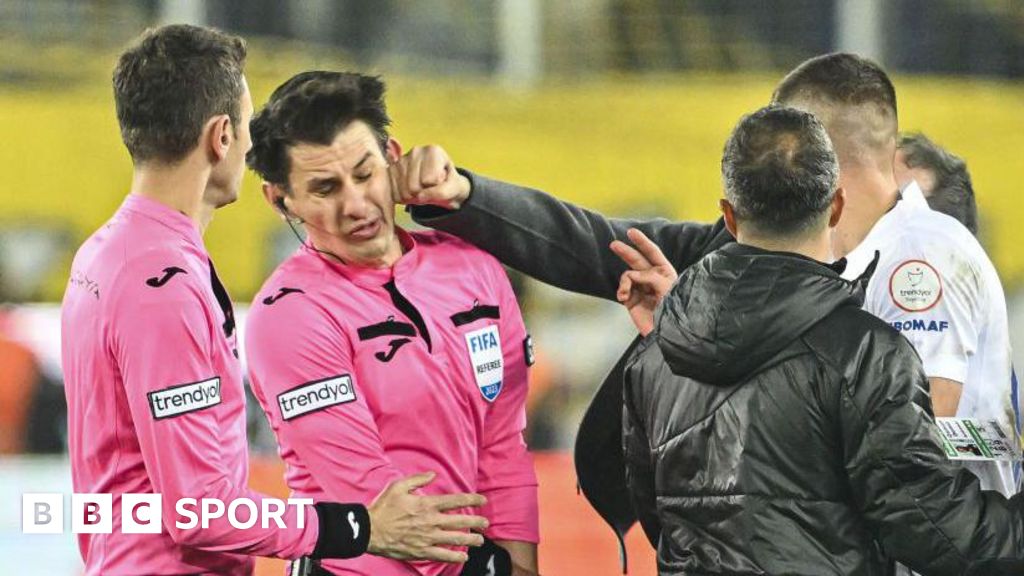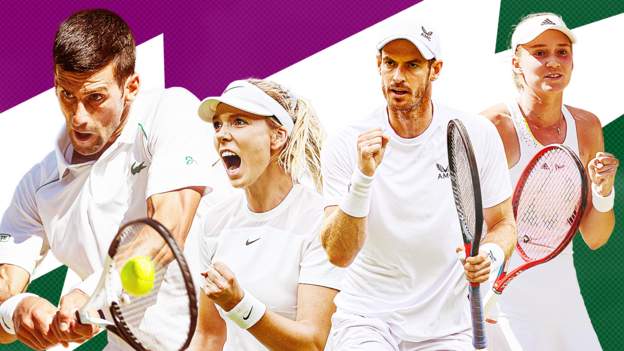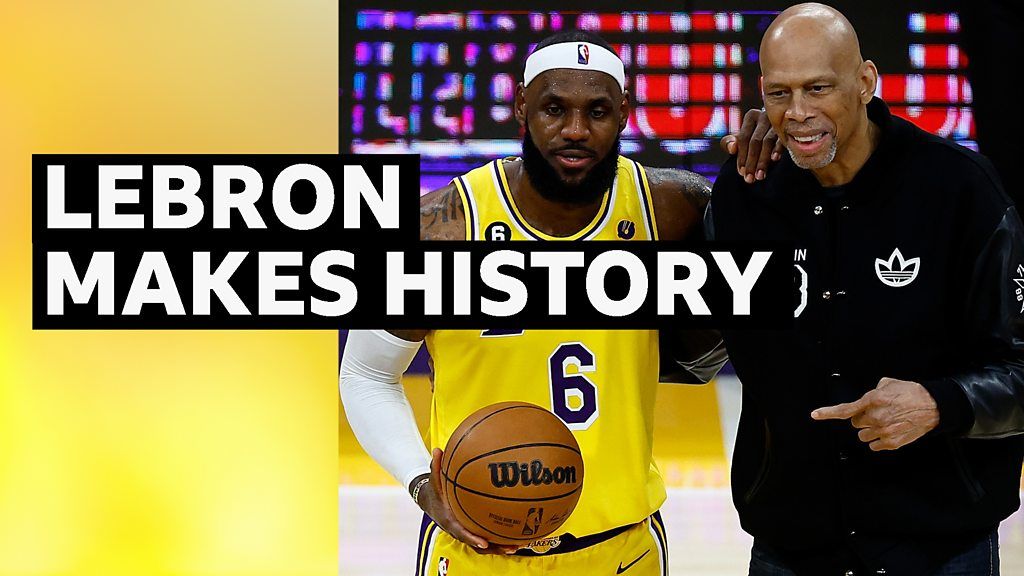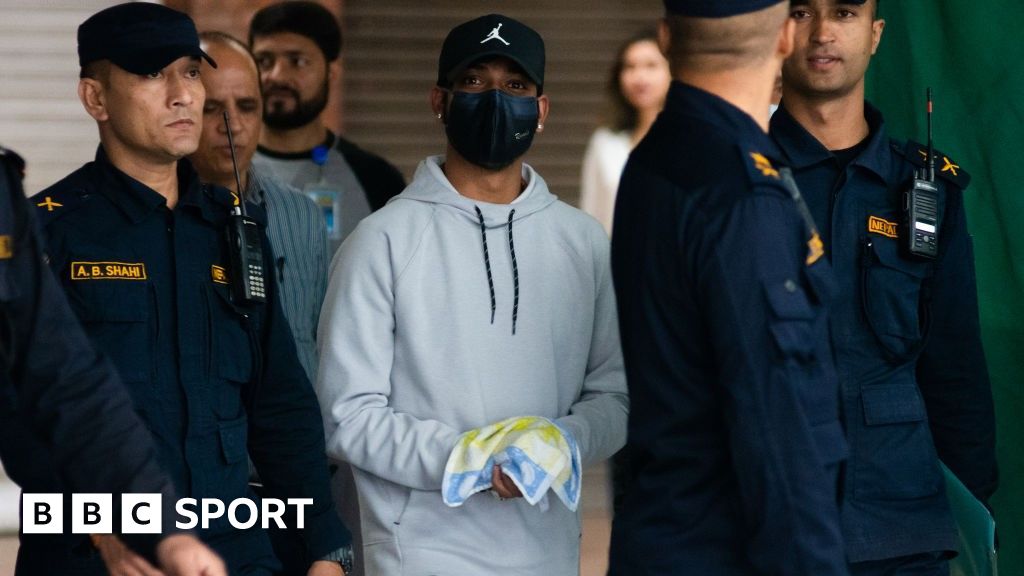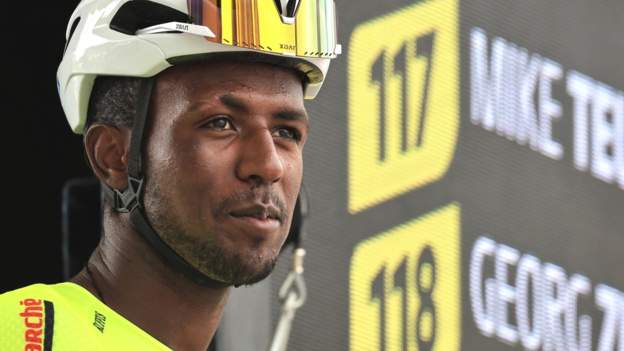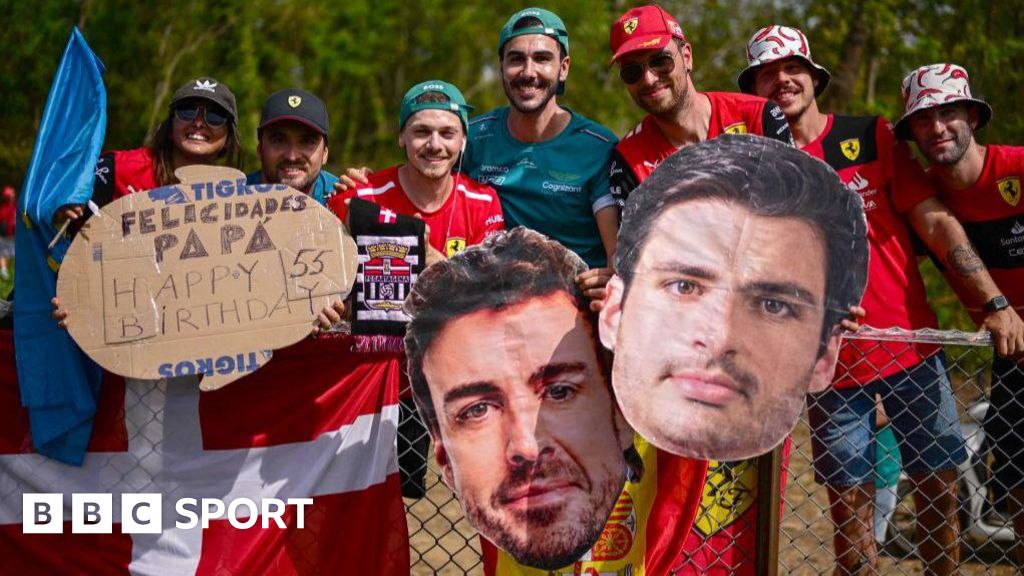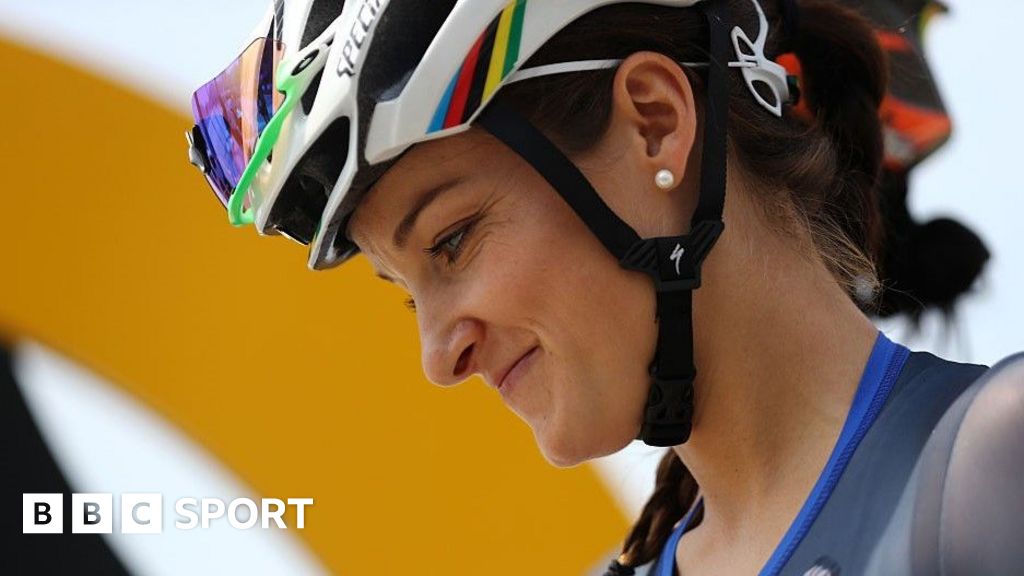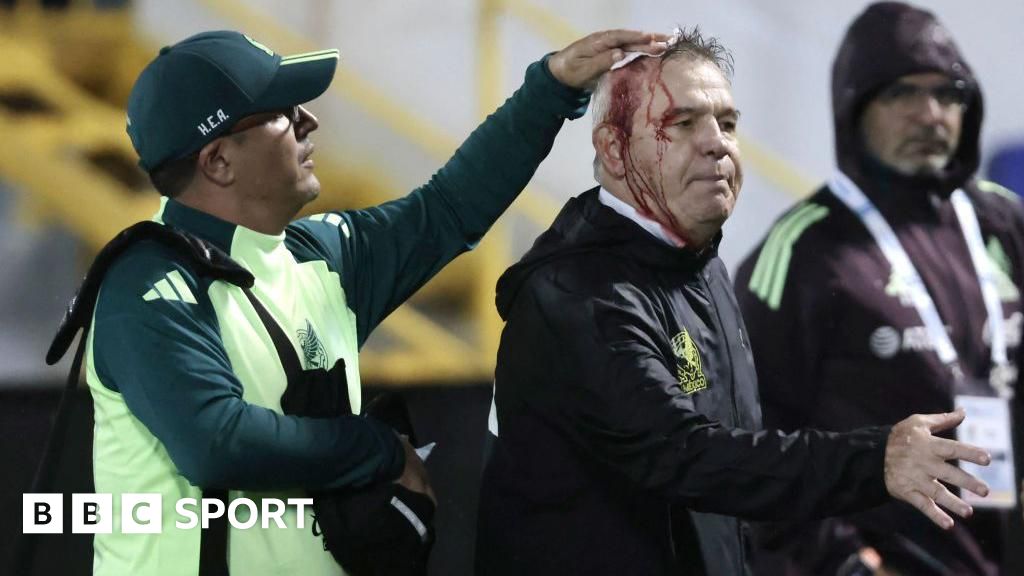Novak Djokovic is targeting more tennis history when he leads the star names at a Wimbledon where Andy Murray is aiming to roll back the years on the 10th anniversary of his first title.
Serbia’s Djokovic, 36, goes for a record-equalling 24th Grand Slam victory and an eighth Wimbledon win to match Roger Federer’s men’s record.
With Rafael Nadal injured, Djokovic is one of the few iconic names left in the draws, although Britain’s Murray and American Venus Williams, 43, are notable former champions who will be present.
Spain’s Carlos Alcaraz is the men’s world number one after winning the Queen’s title last week, leading the next generation of ATP Tour stars trying to topple Djokovic.
British men’s number one Cameron Norrie is aiming to replicate last year’s stunning run to the semi-finals, while Katie Boulter leads the home contingent in the women’s singles after a successful summer where she has reached a career-high ranking.
Boulter is the new British women’s number one after replacing 2021 US Open champion Emma Raducanu, who is missing Wimbledon after surgeries on wrist and ankle injuries.
The dominant trio on the WTA Tour this year – Kazakh defending champion Elena Rybakina, Polish top seed Iga Swiatek and Belarusian second seed Aryna Sabalenka – are expected to be the women to beat.
Sabalenka is one of the most high-profile players back at the All England Club this year after the ban on Russian and Belarusian competitors was lifted.
Ranking points – stripped by the ATP and WTA in response to the ban – have been reinstated, while Wimbledon organisers have increased security measures after Just Stop Oil activists interrupted several sporting events.
Here are the main talking points from one of the highlights of the British sporting summer, which starts on Monday.
Who can stop Djokovic?
Shortly after Djokovic won a record-equalling 23rd men’s major title by clinching the French Open, the Serb warned his younger rivals he was far from finished.
“The journey is still not over. If I’m winning Slams, why even think about ending the career that already has been going for 20 years?” he said.
“I still feel motivated and inspired to play the best tennis in these tournaments.
“These are the ones that count the most in the history of our sport.”
Having won the past four titles in SW19, and not lost a completed match there since 2016, Djokovic is seen as the favourite to lift the trophy again.
The seven-time champion could equal Margaret Court’s all-time record of 24 Grand Slam singles titles and tie Federer’s mark of eight men’s singles wins at the All England Club.
Djokovic has cut back his schedule at tour level in recent years in a bid to peak at the right time for the four majors.
The strategy is working. With victory at Roland Garros, Djokovic has won six of the past eight majors he has played.
He again decided not to compete in a grass-court event before Wimbledon, instead playing an exhibition at the Hurlingham Club on Thursday.
Alcaraz, 20, is the man considered his likeliest challenger and proved his game suits the grass courts when he won the Queen’s title, albeit without facing someone of Djokovic’s calibre.
Australia’s Nick Kyrgios lost to Djokovic in last year’s final and is always a threat on grass with his thunderous serve, although he has played only one tournament this year because of a knee injury that required surgery.
Russian third seed Daniil Medvedev has never gone beyond the fourth round, while Norwegian fourth seed Casper Ruud has won only one main-draw match at Wimbledon.
Danish sixth seed Holger Rune could be a threat, along with Australian 16th seed Alex de Minaur and American 25th seed Sebastian Korda, after all showing their grass-court pedigree at Queen’s.
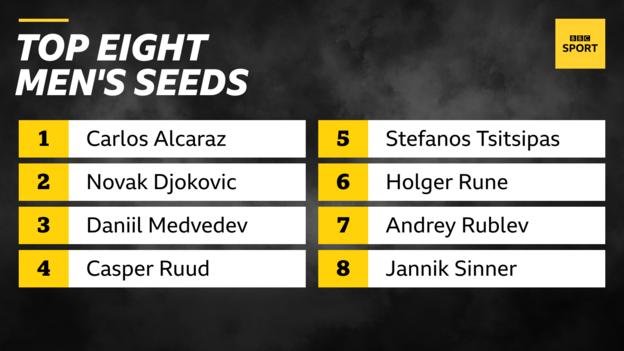
Will the ‘big three’ continue to dominate?
The emerging ‘big three’ on the women’s tour – Swiatek, Rybakina and Sabalenka – have won the past five majors between them.
Swiatek, 22, has only reached the fourth round once, in 2021, but warmed up by reaching a grass-court semi-final in Bad Homburg.
However, the French Open and US Open champion pulled out of Friday’s match against Italy’s Lucia Bronzetti with gastrointestinal illness.
Rybakina, who uses her thumping serve to good effect on the grass, has also struggled physically and withdrew from Eastbourne last week.
The third seed said she was still recovering from a virus that caused her to withdraw from the French Open, although she was well enough to practise with Australian Open champion Sabalenka on Centre Court on Friday.
Sabalenka reached the Wimbledon semi-finals in 2021 but was not allowed to compete last year after the All England Club placed the sanction on Russian and Belarusian players in response to the war in Ukraine.
Tunisia’s Ons Jabeur, last year’s beaten finalist, is still trying to recapture her best form after a calf injury, while Czech Karolina Muchova, who lost to Swiatek in the Roland Garros final, could pose a threat on the grass.
American Coco Gauff is always seen a contender at the majors and reached the Eastbourne semi-finals, while Czech two-time champion Petra Kvitova could also be in the mix.
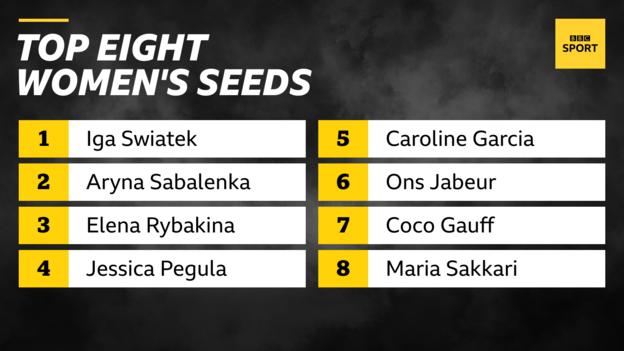
Can Murray still be a contender?
In 2013, Murray achieved British sporting immortality when he beat Djokovic in a pulsating final to become a rare home men’s champion.
The Scot, then aged 26, became the first British man to win the title in 77 years, adding a second title in 2016 by beating Milos Raonic.
Since then, Murray’s career has been derailed by a serious hip injury and resurrected thanks to a resurfacing surgery which left him with a metal cap in the joint.
Murray feared the operation would end his playing days, yet he returned later in 2019 and has shown this summer that he still knows how to win on grass courts.
Winning back-to-back Challenger titles in Surbiton and Nottingham – the level below the main ATP Tour – started the British summer swing positively.
Murray suffered a chastening defeat when he stepped up in class at Queen’s, losing to eventual runner-up De Minaur in the first round, but remains bullish about his chances at Wimbledon.
“I think I do have a good chance, I don’t think there are many players in the draw who have the experience that I have on grass courts,” said Murray, who missed out on a seeding after his early Queen’s exit.
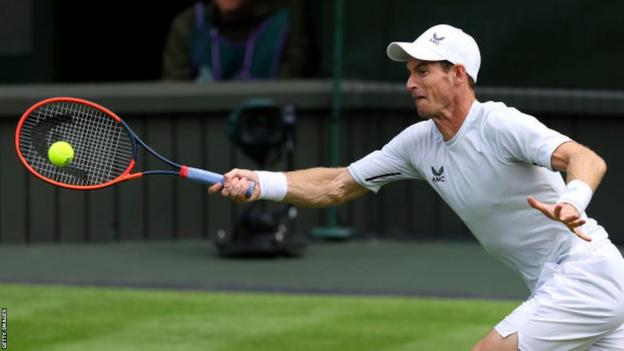
“There are not many guys in the draw who I might play and think ‘I can’t win this’.
“Granted, it is going to be extremely difficult to get to the latter stages again but I do believe I can do it. I’m in the right place physically and mentally right now.”
Murray plays compatriot Ryan Peniston in the first round and the pair are among eight British players in the men’s draw.
Norrie, 27, would appear to be the best placed to go far, although he has been handed what could be a tough pathway through the draw.
Dan Evans, ranked 30th in the world, is the only other seeded home player, with Liam Broady, Jan Choinski, Arthur Fery and George Loffhagen all receiving wildcards.
Will the British women impress?
Boulter is one of six British women in the singles, all of them given wildcards after being ranked too low for direct entry at the cut-off point.
The state of British women’s tennis has been under scrutiny recently after nobody from the nation was ranked inside the world’s top 100.players when the injured Raducanu dropped out.
Since then, Boulter has reached a career high of 77 after winning the Nottingham Open earlier this month.
Boulter reached the third round at Wimbledon last year and perhaps represents the nation’s likeliest chance of a women’s representative in the second week.
Heather Watson, 31, is an experienced campaigner who reached the fourth round last year, but faces a tough start against Czech 10th seed Barbora Krejcikova.
Jodie Burrage and Harriet Dart have both enjoyed encouraging British grass-court seasons on the WTA Tour, while Katie Swan and Sonay Kartal – who round off the British contingent – have strung together wins on the ITF Tour.
“Each and every one of these girls can be inside 100. I think we should be asking questions if we don’t have anyone who can be,” 26-year-old Boulter said.
“These girls are getting wins against top-100 players.”
What about the other Britons?
In the men’s doubles, several players have a genuine chance of providing a first British champion since 2012.
Top seeds Neal Skupski and his Dutch partner Wesley Koolhof lead the way, while Joe Salisbury and American Rajeev Ram, Lloyd Glasspool and France’s Nicholas Mahut, and Jamie Murray and New Zealand’s Michael Venus are also seeded.
However, three-time major champions Salisbury and Ram face a tricky opening match against Australian pair Nick Kyrgios and Thanasi Kokkinakis.
Alicia Barnett and Olivia Nicholls received direct entry to the women’s draw, with wildcards given to Dart and Watson, Naiktha Bains and Maia Lumsden, Emily Appleton and Burrage, and Freya Christie and Ali Collins.
In the wheelchair draws, British pair Alfie Hewett and Gordon Reid compete in the men’s singles and are going for an 18th major doubles title together.
Lucy Shuker has been given a wildcard into the women’s singles, while Andy Lapthorne is joined by Wimbledon debutant Greg Slade in the quad events.

